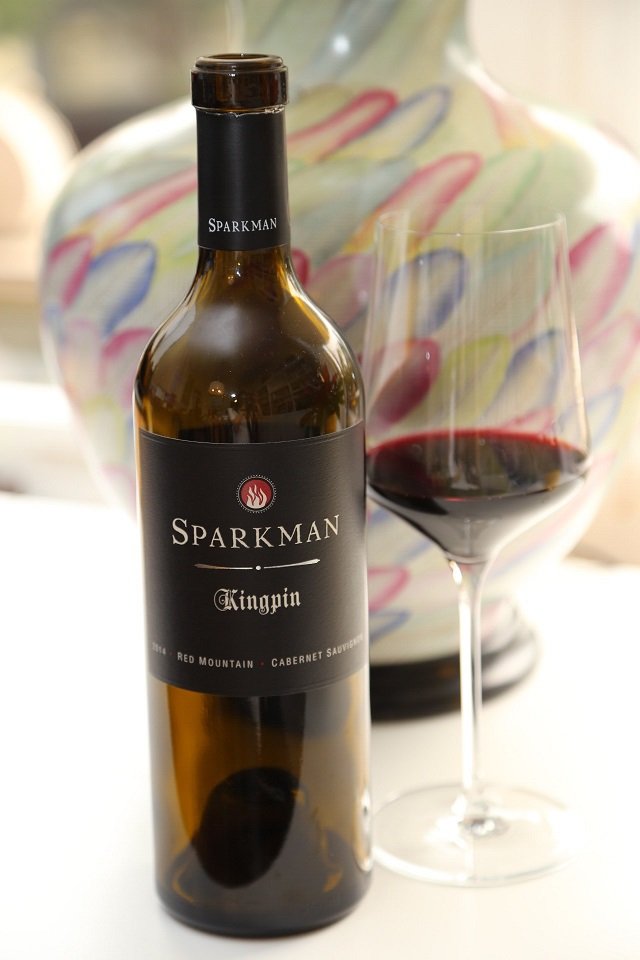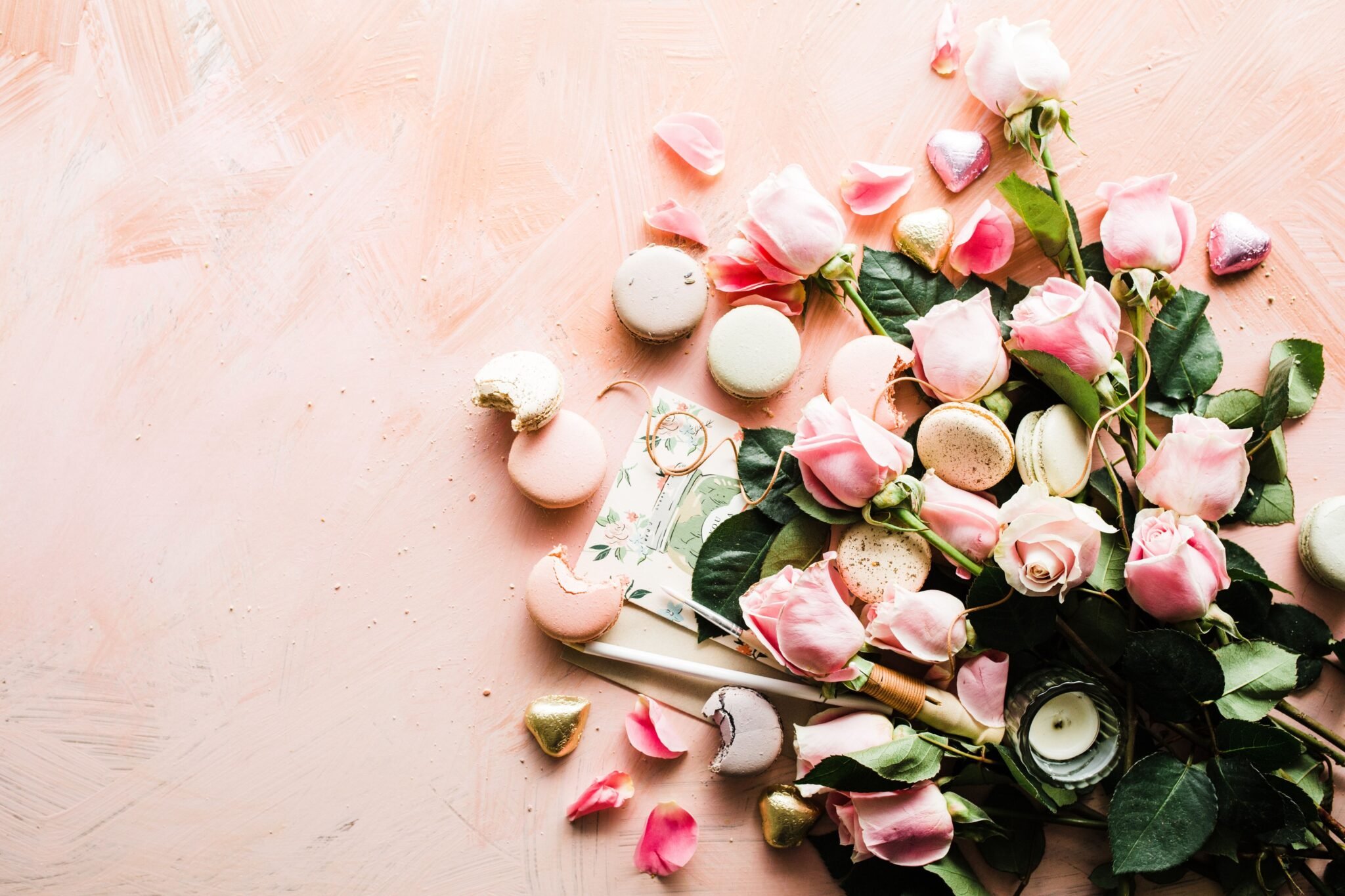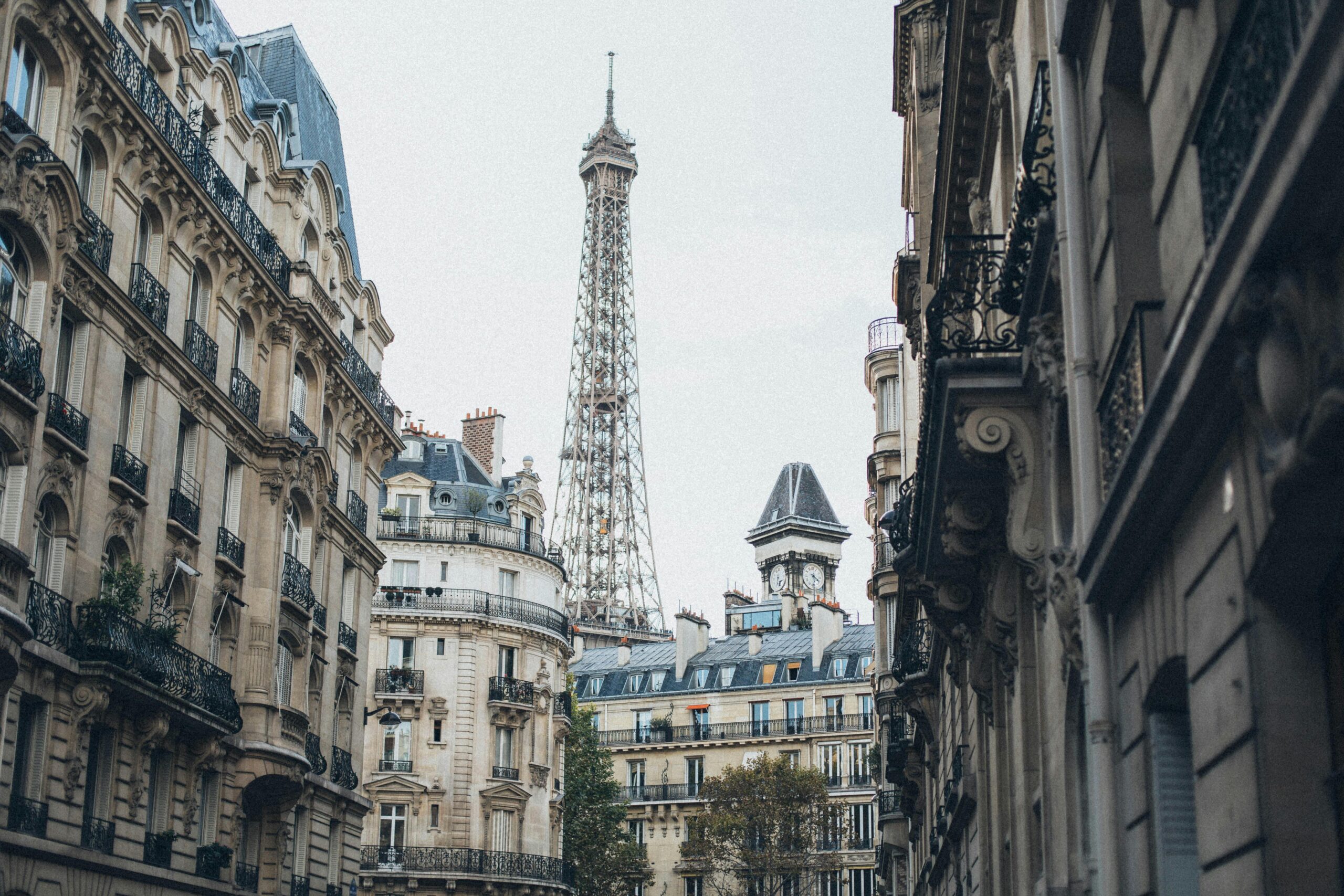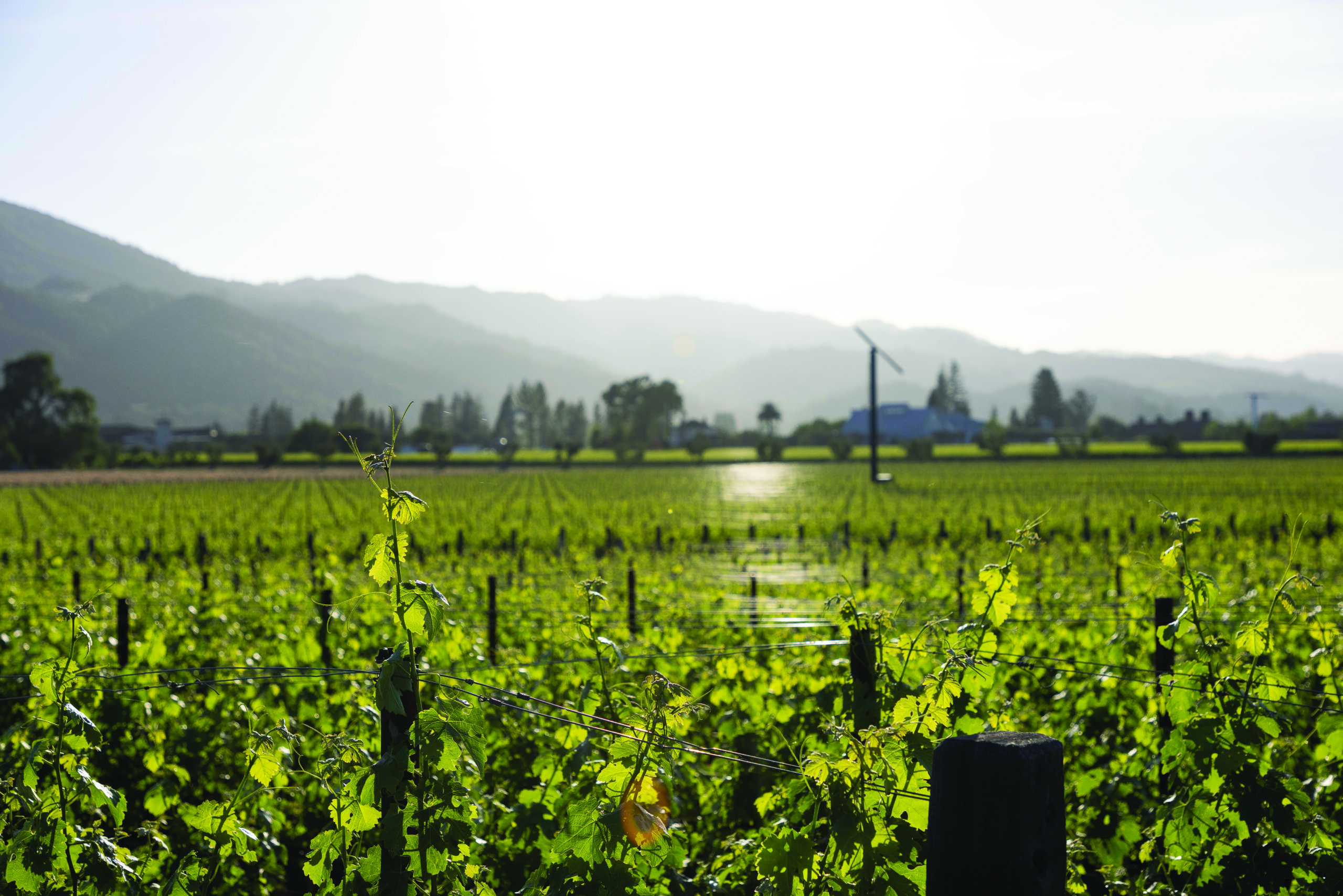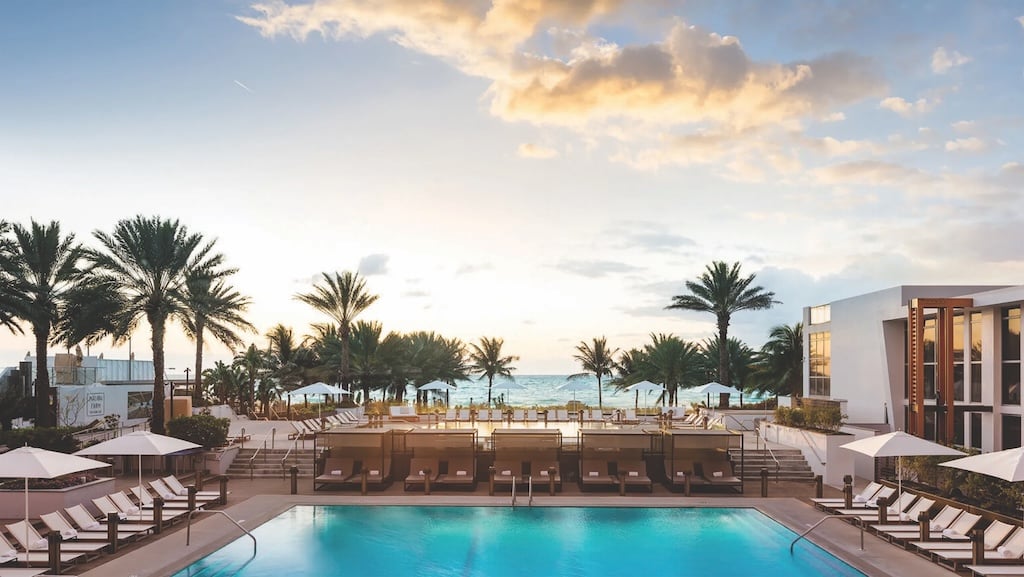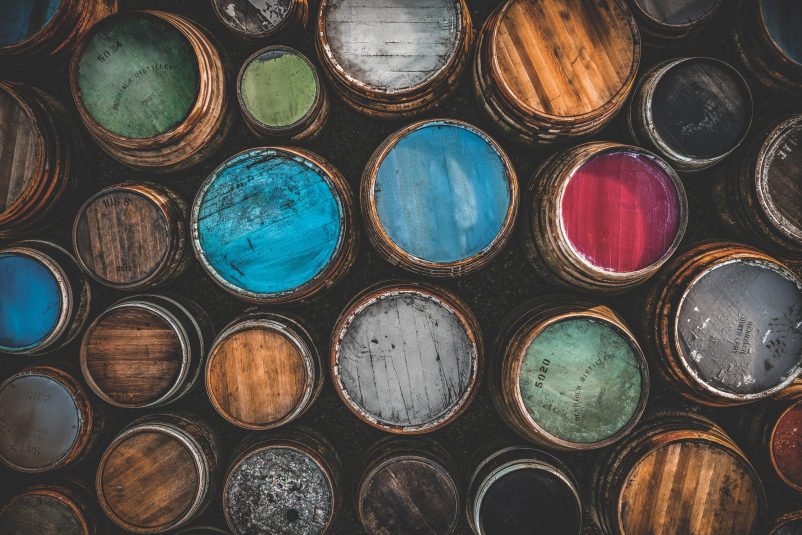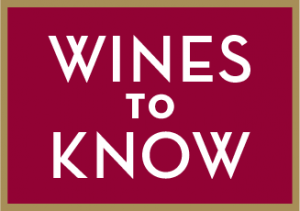
SPARKMAN CELLARS | “Kingpin” Cabernet Sauvignon 2014
(Red Mountain, Washington) $62
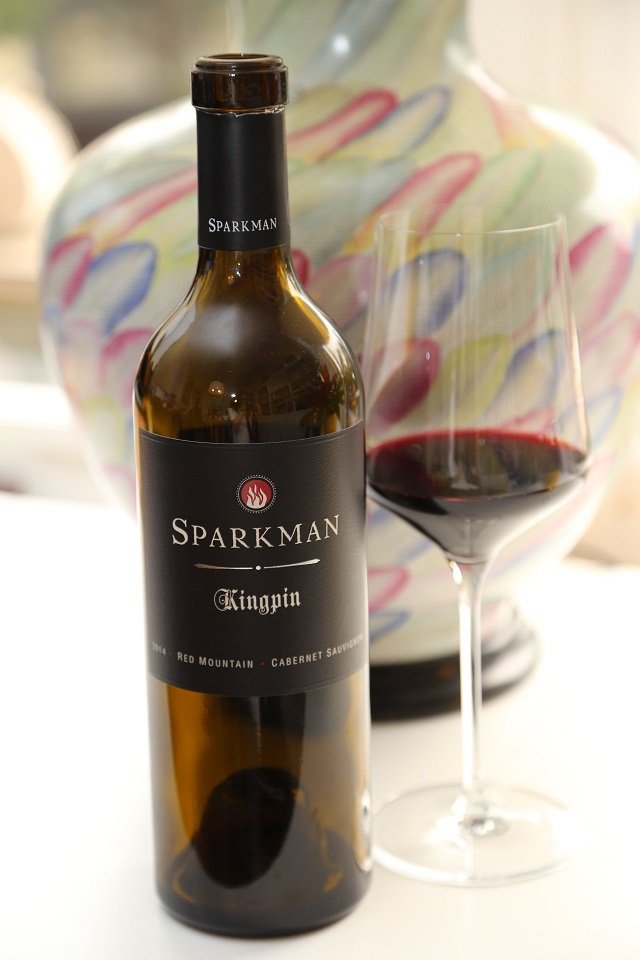 There’s nothing quite like a wine that tastes as though it costs twice as much as it does. Sparkman’s appropriately named Kingpin is that wine, and it’s delicious. First there’s the cashmere-blanket texture (no easy achievement with cabernet). Then there’s the ascent of flavor, an impressive wave of cassis, vanilla, violets, and minerals. Powerful wines can sometimes trip over themselves. But the classical beauty of three renowned vineyards on Red Mountain (Klipsun, Kiona, and Obelisco) shines through in this very fine and sophisticated cabernet. Hedonistic now, I bet it’s heaven in a few years. (14.5% abv)
There’s nothing quite like a wine that tastes as though it costs twice as much as it does. Sparkman’s appropriately named Kingpin is that wine, and it’s delicious. First there’s the cashmere-blanket texture (no easy achievement with cabernet). Then there’s the ascent of flavor, an impressive wave of cassis, vanilla, violets, and minerals. Powerful wines can sometimes trip over themselves. But the classical beauty of three renowned vineyards on Red Mountain (Klipsun, Kiona, and Obelisco) shines through in this very fine and sophisticated cabernet. Hedonistic now, I bet it’s heaven in a few years. (14.5% abv)
93 points KM
Available at Sparkman Cellars

How did Washington State get its name?
A. It was named in honor of Washington DC, so that the United States would have a place named “Washington” on both coasts.
B. It was named after Fort Washington, where the state’s first grapes were planted in 1825 by the “Washington Settlers,” a Protestant community from western England.
C. It was named after George Washington, first president of the United States.
D. It was named after an English explorer of the Canadian Pacific coast, Nigel Washington, whose surname comes from Old English, literally “estate of a man named Wassa.”


Washington State’s vineyards exist in near-desert-like conditions.
Answer: True. While many of us think “rain” when we think of Washington (hence its famous coffeehouse culture, for what else would you do when it’s pouring?), this is not the case east of the Cascade Mountains. Were it not for a few mountain rivers, Eastern Washington, where nearly all of the state’s AVAs are located, would be a desert. Even so, average annual rainfall can be as low as 6 inches in some areas, like Washington’s largest AVA, Columbia Valley.
![]()
Missoula Floods
During the Last Ice Age, the repeated episodic freezing and melting of glaciers near Lake Missoula in western Montana resulted in an estimated 25 cataclysmic floods from Continue Reading…
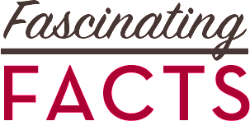
Washington has 14 American Viticultural Areas, several of which have fascinating names.
To wit:
Snipes Mountain—Named after cattle baron Ben Snipes who came to Washington in the 1850s in search of gold, but ended up striking it rich by grazing cattle and supplying beef to the mining camps.
Walla Walla—A Native American name meaning “place of many waters” after several small rivers that flow into the Columbia River.
Horse Heaven Hills—Ok, another cowboy tale. In 1857, when cowboy James Kinney witnessed his herd of horses eating native grasses on the hillside, he was so moved he decided to call the area “Horse Heaven.”
Red Mountain—It’s not a mountain and it’s not red (although you can drink some very nice red wine there). So named because of cheatgrass, a droopy reddish colored grain-like plant that grows all over the area.style “flower bottle.” The bottle, decorated with enameled anemones, was first designed in 1902 by glassmaker Emile Gallé as an homage to La Belle Époque (the artistic period from the late 1800s to 1914). However, due to the difficulty making them, the bottles were soon abandoned. In the early 1960s, Pierre Ernst, former president of Perrier-Jouët, found an enamel specialist who could manufacture the bottles en masse. The modern version of the flower bottle premiered in 1969 and held the 1964 vintage of the House’s prestige cuvee called Belle Epoque. In 2012, a hundred years after its creation, the famous flower bottle was updated by Japanese floral designer Makoto Azuma, who added golden vines and delicate dotted flowers to the classic pattern.


